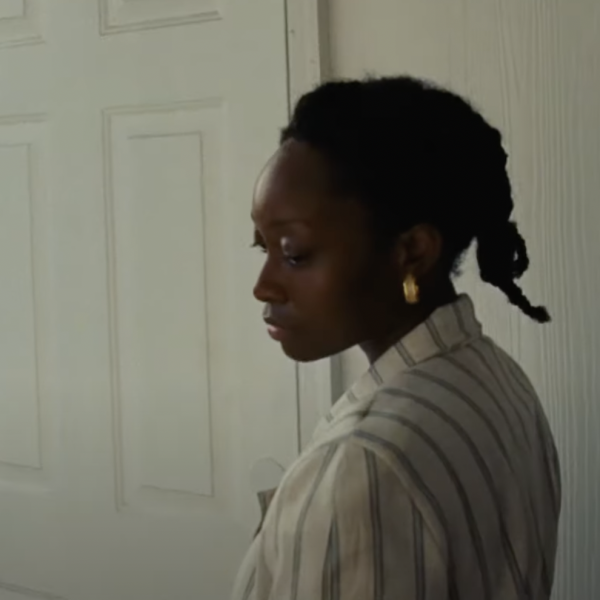
The following is a reprint of our review from TIFF in 2010.
If Robert Redford‘s “The Conspirator” was the strident and overbearing example of how to draw links between events of the past to issues of today, John Sayles‘ “Amigo” is the antidote. Using the tail-end of the American-Phillipine war as a backdrop, Sayles does what Redford can’t. Forgoing character lessons, big speeches and a single-minded tack, Sayles’ film is a complex and organically built work that coaxes meaning out of the situations it builds rather than putting the politics first and constructing a story around it.
If you forgot or skipped your history class on the war, not to worry. While Sayles drops us right into the jungle, in the midst of the ongoing conflict, his microcosm approach doesn’t rely on audiences knowing the ins and outs of war. We begin with an army unit, led by Lt. Compton (Garret Dillahunt), occupying a Phillipine village to primarily sever any ties the village might have with a guerrilla rebel campaign that is still being fought against the Americans, and to secondly instill the supposed values of democracy among the people. The Americans are assisted by a local friar who acts as translator, but the village leader Rafael (Joel Torre) retains his position as a decision maker in the village to help. Unbeknownst to the Americans, Rafael’s brother is part of the resistance group that is residing in the nearby hills, and via some connections, continues to receive food and supplies from the village.

From this point Sayles unfolds his story with patience and an observational eye. The Americans, the villagers and the resistance each have their story and point of view told. We begin to see the wicked dance being played by everyone involved and the compromises made to hang on to their beliefs, while also maintaining the intangible balance that keeps them alive. Sure, the resistance fighters attempt to take out Rafael as he is a symbol of Phillipine citizens co-existing with their occupiers, and the Americans, particularly in the opening frames of the films, are portrayed as back country hicks. But as we sift through their stories and as their stay extends in the area, a greater picture of the character and emotion running through each side comes to the fore. And rightly, Sayles equally judges as well as embraces, the views from all sides.
It will be interesting to see how the film is received, but it’s no surprise it’s not at your local multiplex. While the film does boast a few names that are better known as faces (Dillahunt; DJ Qualls in a small role as a communications officer and Chris Cooper in a smaller role as a Col. Hardacre overseeing the whole operation in the area) the film is largely led by actors unknown on North American shores. But known or not, Torre shines as Rafael, and as a good portion of the film follows the events that unfold as they affect him, he steps up to the plate to carry the film. And to come back to Dillahunt, his Lt. Compton isn’t just a mean American occupier; he struggles between the word of command and doing what’s right, transmitting it movingly and affectingly. It’s another fine performance from an actor who is often under-sung.
John Sayles continues to inspire with his dedication to independent filmmaking, even if his audiences, at least these days, continue to get smaller (did anyone see “Honeydripper“?). But as his films face smaller distribution and almost non-existent promotion, it’s easy to forget his original voice and what a gifted filmmaker he is. While it doesn’t quite rank as one of his best films, it does nearly make it (the closing shot/freeze frame is one of the best we’ve seen all year). But will audiences be patient enough for it — or distributors for that matter? The packed screening we were at got spacious as a small but significant number of people bailed on the film during the first hour. But for those who stayed, they were rewarded with a much richer experience than Redford’s bigger budget, but definitely more amateurish production. “Amigo” isn’t a critique or an editorial but almost a report; one that looks back into the past to see what we’ve done and what should be changed, for both America and the world, to move forward. [B]



